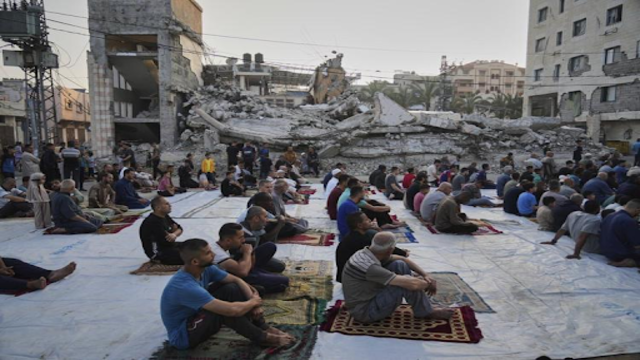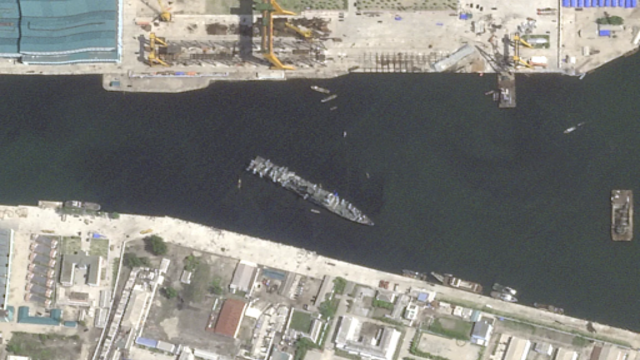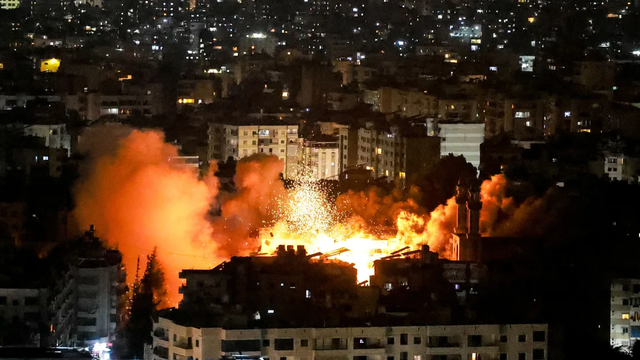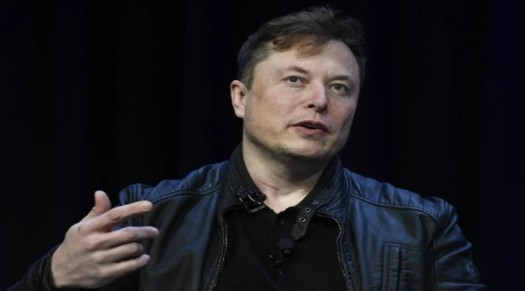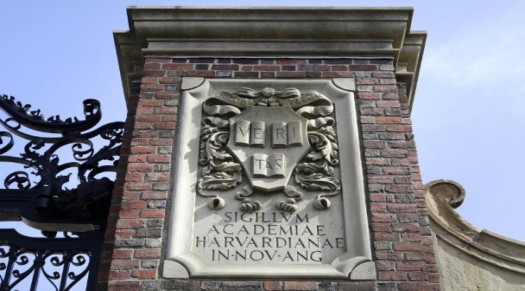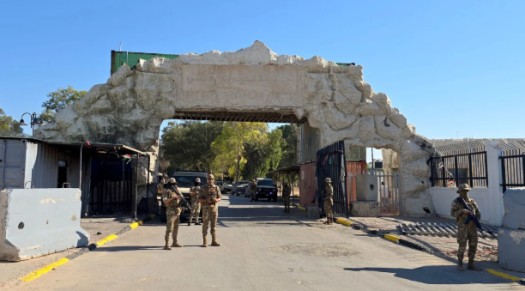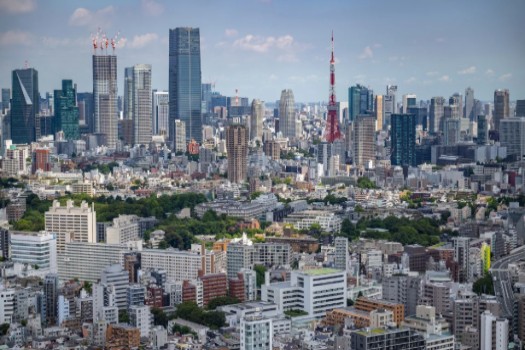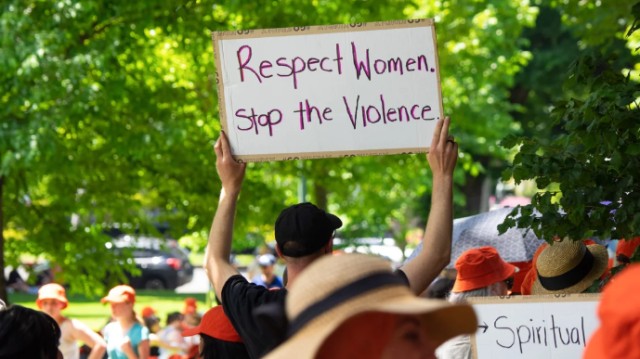
Pope Francis smiled and waved to a large crowd as he arrived to lead his regular weekly gathering at Saint Peter's Square in the Vatican on October 21, 2015. REUTERS
Pope Francis, the first Latin American pope and a major voice in global religion, died early Monday at 88. The Vatican confirmed he passed away at 7:35 a.m. local time after a sudden stroke followed by cardiac arrest. Despite his recent health issues, many were shocked, especially since he appeared in public just the day before.
On Easter Sunday, Pope Francis had joined celebrations in St. Peter’s Square. Crowds cheered as he waved from the popemobile. This appearance gave hope that he was recovering from double pneumonia, for which he had spent over a month in the hospital. His condition seemed to be improving. But sadly, the next morning, the Vatican announced his death.
Cardinal Kevin Farrell addressed the world with deep sorrow. “Dear brothers and sisters, it is with profound sadness I must announce the death of our Holy Father Francis,” he said on live Vatican TV.
According to Dr. Andrea Arcangeli, the pope's personal physician, Francis died from a stroke and heart failure. He had fallen into a coma before passing. Along with his lung problems, Francis also suffered from diabetes and high blood pressure.
The Vatican plans to move his coffin to St. Peter’s Basilica soon. This will allow the faithful to pay their respects. While the date of the funeral is not yet set, it will likely take place between Friday and Sunday. A meeting among cardinals is scheduled for Tuesday to begin arrangements.
World leaders have already responded. U.S. President Donald Trump said he will attend the funeral. Francis’ home country Argentina announced seven days of mourning. Brazil did the same. Leaders and citizens alike have expressed heartfelt grief.
In Buenos Aires, Archbishop Jorge Garcia Cuerva said, “The pope of the poor has left us, the pope of the marginalised.” Pope Francis once held that same post in Argentina.
On Sunday, Francis had made his first long appearance since his release from the hospital on March 23. He had met U.S. Vice President JD Vance and had recently visited with King Charles. In his Easter message, read by an aide, he had urged peace in Gaza, a cause close to his heart.
People gathered at the Vatican were visibly moved. Emanuela Tinari, a local, said, “This hits you hard. He brought people closer to the Church.” Many described him as someone who was deeply loved by everyday people, even if not always by officials.
Francis had worked hard to change the Church. He refused the grand papal apartments and lived in simpler quarters. He pushed for openness in Vatican finances and included more women in leadership roles.
Despite his efforts, he faced criticism from all sides. Conservatives disliked his reforms. Progressives felt he didn’t do enough. He also faced difficulty managing the Church’s scandals, especially the child abuse crisis. Still, he was admired globally for his warmth and focus on the poor.
His death leaves the papacy open. A new pope will be elected in a conclave expected in 15–20 days. Around 135 cardinals will vote in the secret process. Francis had appointed nearly 80% of them, making it likely the next pope will follow a similar path.
Pope Francis had requested a different final resting place. Unlike most popes, he asked to be buried at the Basilica of Saint Mary Major in Rome, not in St. Peter’s Basilica.
The Vatican postponed a major event planned for April 27. It involved Carlo Acutis, who was to become the first millennial Catholic saint.
Francis will be remembered as a humble reformer, a voice for the voiceless, and a global figure who tried to guide the Church through turbulent times.



